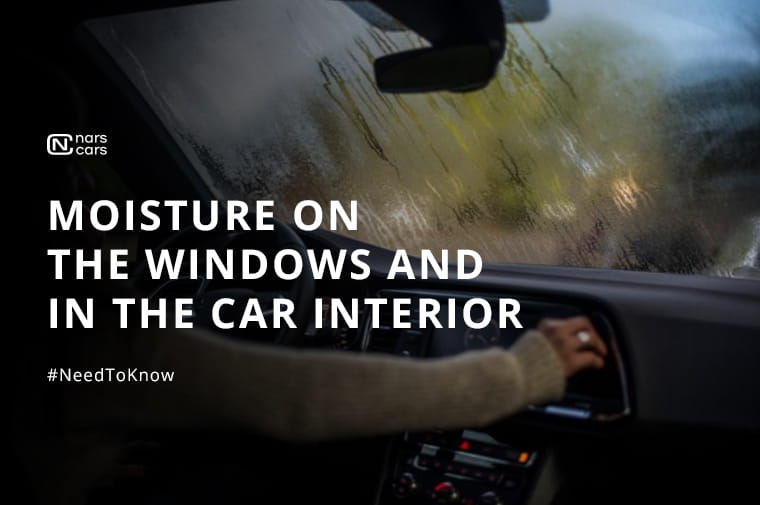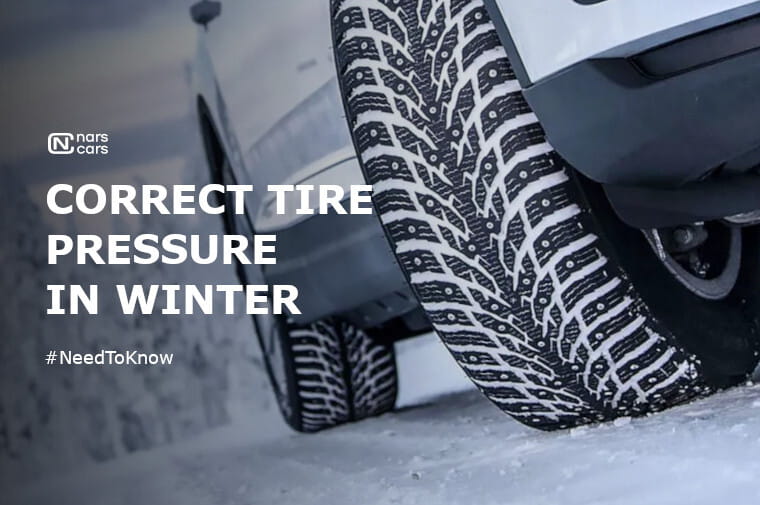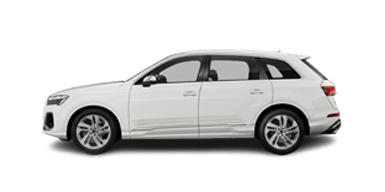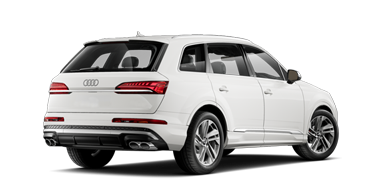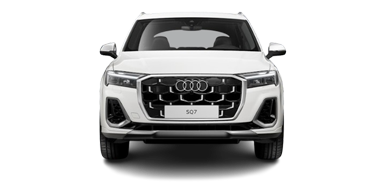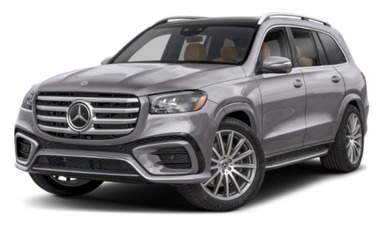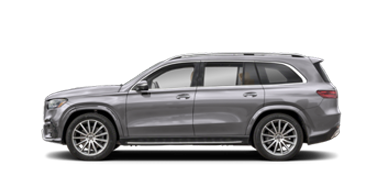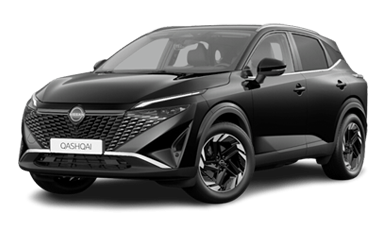Traffic safety largely depends on tires - they ensure the stability of the car on the road and its predictable behavior when overtaking or braking. It is clear that road conditions in summer and winter are different, and when the cold weather comes, you need to install winter tires. If you rent a car from our car rental, the problem of changing tires should not worry you. Choosing a suitable car, you can be sure that it has the right tires in excellent condition. But when using your own car, you should think about the choice of tires. And here you will find the advice of our experts useful, who will tell you how to choose the right winter tires for your car.
The importance of choosing the right winter tires
Before talking about the features and types of winter tires, and how to choose the right option for your car, let us remind you why it is so important to change summer tires to winter ones. In fact, everything is quite simple:
- summer tires are made of a rubber compound that can withstand high temperatures, but already at +7°С they “harden” - become less elastic and their contact with the road worsens;
- summer tire treads are not designed for driving on icy or snow-covered asphalt. They do not guarantee reliable grip on a slippery surface;
- the groove system on summer tires does not ensure complete drainage of water and melted snow from the contact patch, which increases the risk of aquaplaning.
Therefore, with the onset of cold weather and worsening weather conditions, you cannot do without winter tires, and the question of how to choose the right tires for winter is relevant for all car owners.
Main differences between winter, summer and all-season tires
Depending on the weather, you can use winter or all-season tires in winter - a more economical option that will allow you to not buy a separate set for winter and summer. But all-season tires have significant disadvantages:
- in cold weather, they wear out 15% more than winter tires;
- at temperatures above +20 ° C, they begin to "flow" from contact with heated asphalt, since they are made of a soft rubber mixture (compound);
- do not provide the same level of grip on icy roads as winter tires, and are characterized by low cross-country ability in deep snow;
- increase rolling resistance and fuel consumption.
If you are going to operate your car in winter at temperatures below -5°С, there is no other option but to choose winter tires instead of summer ones.
The main differences between winter tires and all-season and summer tires include:
- a special compound composition that makes the tire softer than a summer or even all-season tire. Winter tires can withstand temperatures down to -20°С and below, while maintaining elasticity and providing ideal traction on cold, wet, snowy and icy roads;
- an aggressive tread pattern with deep, wide grooves and large blocks with sharp edges to improve traction on snow or ice. The tread grooves form a drainage system that effectively removes water, as well as its mixture with melted snow and pieces of ice. All-season tires have a less pronounced tread pattern, while summer tires have a smoother one;
- dense sipes – all tread blocks of winter tires are densely covered with numerous thin sipes (lamellas) of different shapes and depths. By increasing the edge surfaces that come into contact, the lamellas improve the tire's grip on the road, improving vehicle control and braking efficiency. All-season tires have significantly fewer lamellas, while summer tires have a minimum of them.

Legal requirements for the use of winter tires
It is recommended to change summer tires to winter tires when the average daily air temperature drops to +7°С, and you should think about how to choose winter tires for your car and buy them in advance. The legislation of many European countries provides for clear periods when a car must be used exclusively with winter tires. There are no such requirements in Ukraine yet, although the Resolution of the Cabinet of Ministers of Ukraine No. 1306 of 10.10.2001 prohibits the operation of vehicles with frost-resistant and non-frost-resistant tires installed on one axle.
Today, draft law No. 8369 of 19.01.2023 has already been developed, but has not yet been adopted, providing for the mandatory use of winter or all-season tires on vehicles with a permissible mass of up to 3.5 tons in the period from November 1 to March 1.
Types of winter tires
Modern manufacturers produce the following types of winter tires:
- studded;
- friction;
- all-season.
And, before talking about how to choose winter tires for a crossover or a passenger car of another class, we want to talk in more detail about each type of these tires.
Studded tires
Studded tires are those in which solid rods (studs) are installed, in the form of an aluminum body, with a tungsten carbide insert pressed into it. The studs are distributed over the entire surface of the tire in contact with the road. They are installed in special landing sockets in the tread, around which a denser rubber mixture is used.
The main advantages of studded tires:
- high coefficient of adhesion to packed snow and ice;
- excellent maneuverability and controllability on slippery roads;
- improved cross-country ability on snowy, uncleared roads.
At the same time, studded tires worsen controllability and increase the braking distance on clean asphalt due to a significant reduction in the contact patch with the road. The disadvantages of studded tires include an increased noise level when driving.
Before choosing winter studded tires for your car, you should think about how cold and snowy the winters are in the region where you live. After all, with unstable frosts and frequent thaws, such tires will be ineffective.
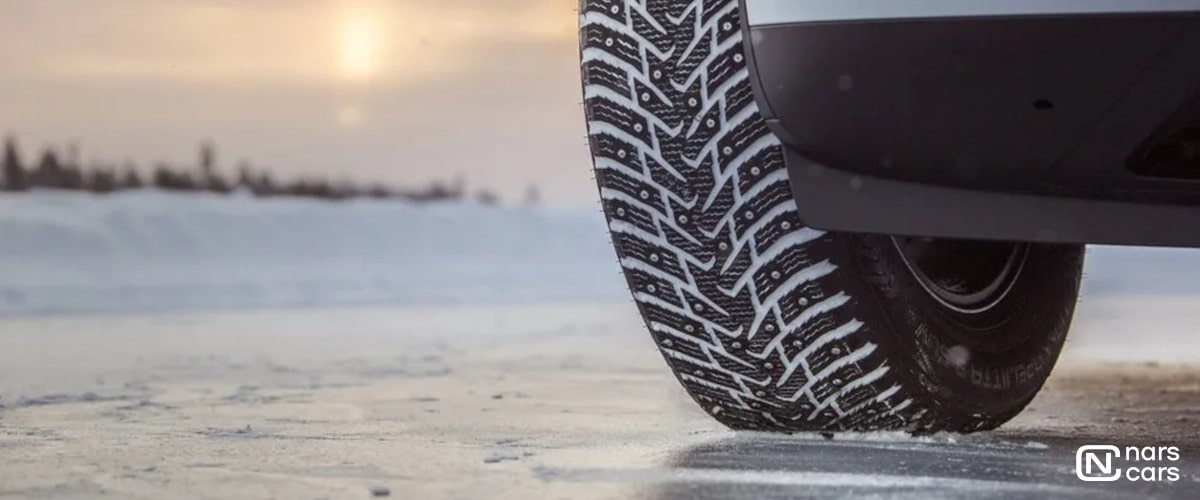
Friction tires (Velcro)
Due to the elasticity of the compound and the high density of the lamellas, ordinary winter tires seem to stick to the road surface, for which they are called friction or Velcro. The advantages of such tires over studded tires include:
- more reliable grip on roads covered with ice or packed snow, at temperatures below -15°С;
- shorter braking distance;
- lower noise level when driving;
- increased service life.
In addition, friction tires can be used in all countries, while studded tires are not allowed everywhere, since they spoil the asphalt surface.
A disadvantage of friction tires can be considered the low efficiency of the tread on a slippery road at an air temperature of about 0°С, when a thin layer of water forms on the icy road surface. In this situation, studded tires are more suitable.
Ideal conditions for using friction tires: wet and dry asphalt, loose and melted snow or snow slush formed after sprinkling the road with various reagents.

All-season tires
All-season tires can be an alternative to friction rubber in regions with mild, low-snow winters, where the air temperature does not drop below -7°С. In such weather, they will provide comfort and safety on dry and wet roads, but are not suitable for driving on loose snow and ice.
Before choosing all-season tires for the winter, think about whether you can use them in the summer. And if in the summer the temperature in your region exceeds + 20 ° C, using all-season tires loses all meaning, since you will still need summer tires, which means it is better to buy friction tires for the winter.
How to choose winter tires
To choose tires for your car for the winter, you need to pay attention to some important parameters, features and characteristics of winter tires.
Tire size
The main criterion for choosing tires is their size. The main parameters are displayed in the tire markings. For example, in 195/65 R15 tires:
- 195 - tread width, in mm;
- 65 - profile height as a percentage of the tire width, i.e. 126.75 mm;
- 15 - mounting hole diameter in inches.
The letter R in the marking indicates that the cord design is radial.
There are different opinions on how to choose winter tires for a car by size. And here everything depends on the operating conditions:
- for icy or snowy asphalt, especially with a water film, tires with a narrower tread, and even with studs, are better suited;
- for dry and wet roads - a wider tire.
In addition, based on their own experience and numerous tests, our experts recommend installing smaller diameter rims for the winter and choosing a tire with a higher profile height, while maintaining the outer diameter of the wheel. For example, summer tires 215/45 R17 should be replaced with winter tires 195/65 R15, having first installed a 15-inch rim instead of a 17-inch one.
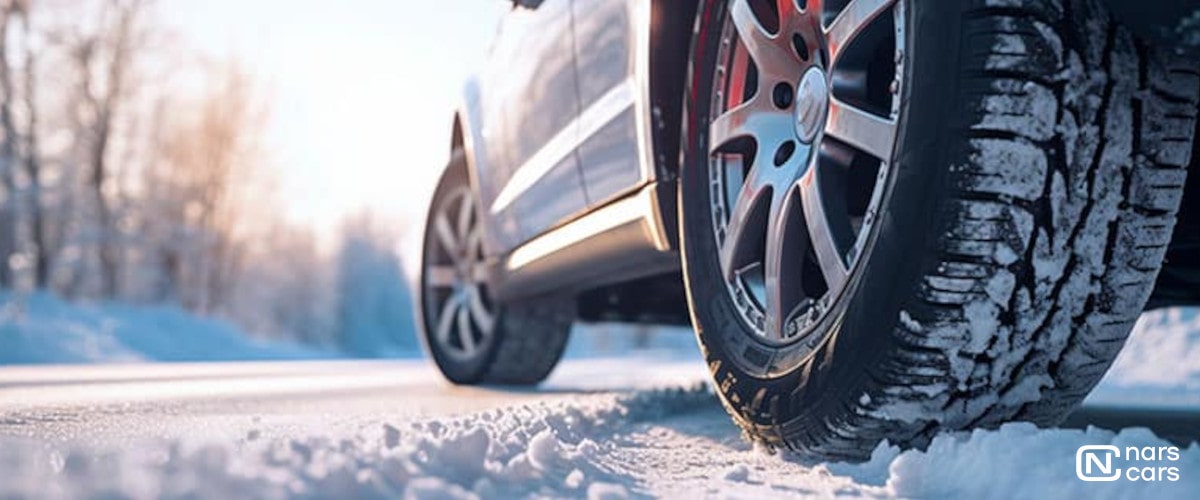
Load and speed indices
When choosing tires, it is imperative to take into account the maximum permissible speed at which they can be used (speed index) and the maximum load on one tire (load index). These parameters must meet the requirements of the manufacturer of your car. They are indicated in the tire marking immediately after the size. The speed index is designated by Latin letters, and the load index by numbers. The speed and load corresponding to each index can be found in special tables.
Protector
If you want to choose the right tires for winter, pay attention to the protector. Winter tires are:
- Scandinavian type, with a more aggressive tread pattern and many sharp edges. They are designed for harsh and snowy winters, when driving on bare asphalt is a rare occurrence. It is on such tires that studs are installed;
- European type, with a pronounced but less aggressive tread - an ideal option for snowless winters with frequent thaws. Such tires drain water better and provide reliable traction on wet and dry asphalt.
Rubber compound composition
The tires traction, wear resistance and durability are affected by the composition of the rubber compound. A special compound is used for winter tires, which includes:
- natural and artificial rubber;
- carbon black or carbon black;
- silica – it provides resistance to low temperatures;
- resins and natural oils.
You can find out the exact composition of the compound and the technologies used in the manufacture of tires on the official website of the manufacturer.
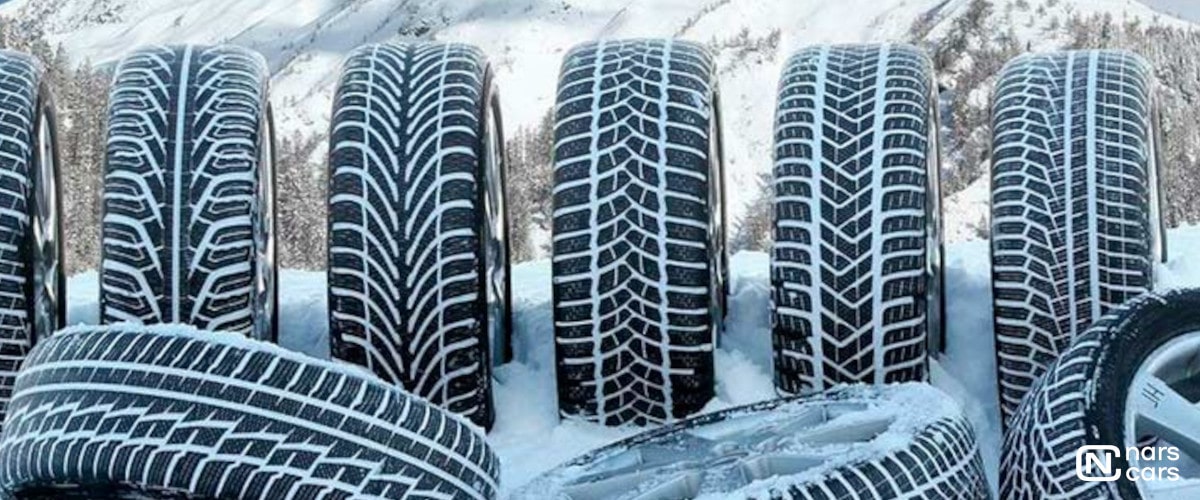
How to evaluate the quality of winter tires
Our recommendations on how to choose good winter tires will be incomplete if we do not talk about assessing the quality of car tires. And here you need to pay attention to the marking and brand of the product.
Tire label
On the sidewalls of the tires, in addition to the size and speed and load indices, there are symbols by which you can find out that the rubber is winter, and not summer or all-season. On winter models, you will find the 3PMSF pictogram in the form of a snowflake inside three mountain peaks, indicating that the tire has passed the snow grip test. Following it will be letter symbols:
- M+S (mud + snow) – mud and snow (they are also used to mark all-season tires);
- Snow – snow;
- Winter – winter.
The quality of the tire is confirmed by the ECE or E marking in a circle.
The best winter tire manufacturers
When buying winter tires, you need to know not only how to choose the right size or tread, but also the brand. Give preference to winter tires from manufacturers such as Nokian, Continental, Hankook, Goodyear, Pirelli, Michelin or Gislaved, whose products have stood the test of time and are in demand all over the world!
Car rental is a great option if you haven't had time to change your tires
If you haven't had time to change your summer tires to winter ones, and suddenly you need to travel in winter, professional car rental NarsCars will offer a wide selection of cars with suitable winter tires of excellent quality. This solution will help you get to the right place with comfort, ensuring your safety on the winter road.



